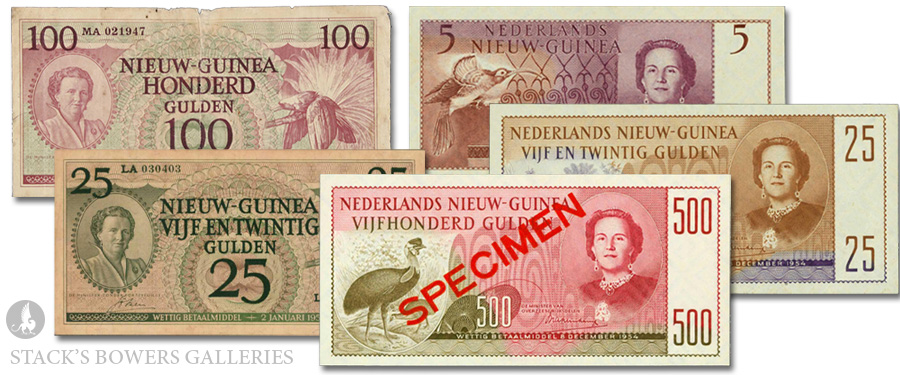
As the last stronghold of the once vast Dutch colonial empire in the Far East, Netherlands New Guinea’s status remained contentious amid the decolonization of Indonesia. After World War II, the Netherlands reasserted control over New Guinea while Indonesia transitioned to independence in 1949. Unlike the rest of Indonesia, New Guinea remained under Dutch administration due to the Dutch desire for a gradual transition to self-rule for the Papuan population and strategic interests in the region. The Cold War geopolitical climate exacerbated tensions, as the Indonesian independence movement increasingly targeted New Guinea. This resistance led to the 1961-1962 “West New Guinea dispute,” culminating in the Netherlands ceding control to Indonesia under international pressure in 1962. The territory became a province of Indonesia, marking the end of Dutch administration and a significant shift in the region’s political landscape.
On March 30, 1950, shortly after the Netherlands recognized Indonesian independence and established Netherlands New Guinea, local newspapers announced the introduction of the Netherlands New Guinea Gulden. It replaced the currency in circulation at the time, which in previous years had become a mix of notes issued by the Javasche Bank, local revolutionary issues and a variety of coins. The monetary reform involved freezing assets and limiting funds availability for several years. By 1954, 40% of the funds could be withdrawn in Netherlands New Guinea Gulden, pegged 1:1 with the Dutch gulden. Debts incurred before 1950 could be settled at 40% of their original value in the new currency.
The monetary reform introduced a series of notes in seven denominations, from 1 Gulden to 500 Gulden. All notes featured the same design: a portrait of Queen Juliana on the left, a bird of paradise on the right, and geometric patterns on the back. Printed by Johan Enschede en Zonen (JEZ) in the Netherlands, the notes are dated January 2, 1950. The inclusion of the portrait of Juliana was a notable choice given that Dutch paper money typically did not feature the monarch. In the hostile political theater of the time, it is no surprise that a little bit of propaganda by the Dutch found its way onto the notes. While a series of coins may have also been planned, no coins specifically for Netherlands New Guinea were ever minted, and Dutch coins circulated instead (in values of 1 cent to 25 cent).
A total issue of 25 million gulden was initially authorized, but by 1955 this had been increased to 50 million gulden (even though only 17.6 million gulden was in circulation in July of that year). Actual use of the notes was fairly limited; the indigenous population had little need for them (traditional currency such as shells were still in use) and the Dutch population of Netherlands New Guinea was small. Despite this the notes still enjoyed a positive status due to their fixed exchange rate and the ease with which they could be exchanged. By 1954, however, concerns for counterfeits had grown and development of a new series started. It featured the same design elements but in a more modern form, including an updated portrait of Queen Juliana and a more intricate back design. The notes were dated 8 December 1954 and were printed again by the same printer, JEZ, in the Netherlands. According to one source these notes did not enter circulation until 1957, although a search through contemporary newspapers has not confirmed this.
The second series of notes consisted again of the same denominations. It would be the final series, as under immense political pressure the Netherlands finally agreed to transition the region to United Nations Temporary Executive Authority in 1962. The following year it was formally transferred to Indonesia to become the Indonesian province of Irian Barat. Until November 1963 the old notes could be exchanged for Indonesian Rupiah, after which they lost their value.
The series of notes from Netherlands New Guinea are heavily collected and are important relics of a turbulent time in Dutch and Indonesian history. Unfortunately, except for the lower denominations, most are rare, especially in higher grades. The 100 and 500 Gulden of the first series as well as the 500 Gulden of the second series are essentially uncollectible in issued form, although specimens fill the gap. Most frequently seen is the 1 Gulden of the second series, typically in circulated grades, although sometimes the 2 ½ Gulden is seen as well. Any Netherlands New Guinea note is a rarity in uncirculated grades.
As always, if you have any notes from Netherlands New Guinea, Indonesia or elsewhere that you are interested in consigning to a future Stack’s Bowers Galleries auction, please do not hesitate to contact Dennis Hengeveld at dennis@stacksbowers.com.





